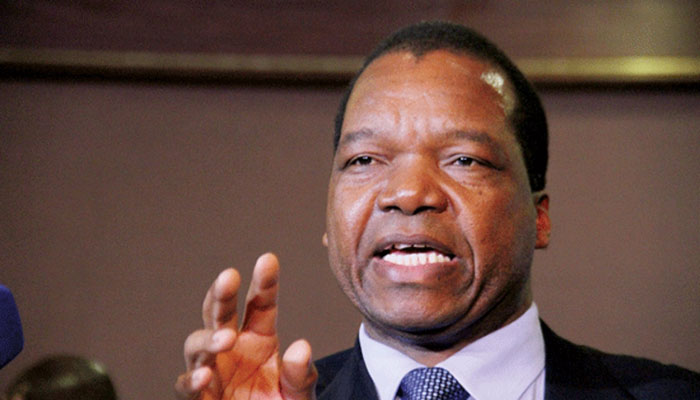
The Sunday Mail

Livingstone Marufu
THE Reserve Bank of Zimbabwe (RBZ) has invested US$200 million in Small to Medium Enterprises in a bid to help formalise the sector and spearhead economic growth.
Independent estimates suggest that SMEs employ over 60 percent of Zimbabwe’s population, contributing around 50 percent of GDP.
The US$200 million facility is expected to unlock the untapped value that has been stymied by the inability of the sector to access funding.
This resource envelope is expected to service seven areas.
RBZ Governor Dr John Mangudya told The Sunday Mail Business recently that the US$200 million facility is meant to oil all SMEs’ critical sectors to improve production levels and the well-being of the entrepreneurs.
“We have rolled out a US$200 million resource envelope for seven facilities in the SME sector as we move to make the sector more productive and contribute directly to the fiscus.
“We have the US$15 million for the revolving Women’s Empowerment Fund that is meant to support projects that are owned and managed by women.
The fund, which attracts an “all-inclusive” interest rate of 10 percent, is a targeted intervention meant to support women as a traditionally financially excluded group.
“We have also committed an additional US$10 million to capitalise the Empower Bank, a youth-aligned micro-finance institution established to assist young entrepreneurs get financial assis- tance.
“The deposit taking bank will help facilitate financial inclusion among the youths as there will be a record of their transactions as proof of their creditworthiness,” said Dr Mangudya.
RBZ has also rolled out US$50 million from development finance institutions to fund SME capital projects in key productive sectors of the economy.
The initiative is part of the central bank’s broad efforts to improve productivity, boost exports and liquidity into the economy.
RBZ highlighted that in view of the critical role played by export earnings in the generation of foreign exchange resources, there is need to put in place deliberate measures to promote production across the whole spectrum of the economy.
The central bank has doubled its small-scale gold support facility to US$40 million to help the sector reach the 28-tonne target for 2017.
This year, small-scale producers are angling to deliver more than 10 tonnes of gold.
This measure, together with the 5 percent export incentive scheme and the positive effect of compliance monitoring by the Gold Monitoring Committee, is designed to increase gold production.
RBZ has set aside US$5 million to lend to physically challenged persons.
Dr Mangudya said the US$5 million is part of empowerment funds under the central bank’s five-year National Financial Inclusion Strategy.
The money will be given as loans to support projects by People Living with Disabilities (PWD) through various banks.
RBZ has released US$15 million to cross- border traders in a bid to promote the sector, especially its export component, but the facility has not found takers as most traders do not have the requisite collateral.
However, in a development that is set to stimulate uptake, the cross-border traders signed a deal with Global Entrepreneurship Society, which will provide collateral.
Governor Mangudya said the solution for the country’s current economic problems is to increase local production levels and exports from all sectors, including the SMEs.
“With increased local production levels, it means we are widening our tax base, fiscal space and increasing employment levels.
“This will reduce the current account and fiscal deficit,” he said.
As part of efforts to increase tax base, the SMEs and Co-operatives Development Ministry has requested a resource envelope of US$32 million from Treasury to formalise unregistered and non-compliant small businesses.
The Zimbabwe Revenue Authority has been able to augment revenue collections from the formal sector through rolling out its fiscalisation project, in which businesses have to use fiscal tax registers that capture financial information and relays it in real time to tax authorities.






